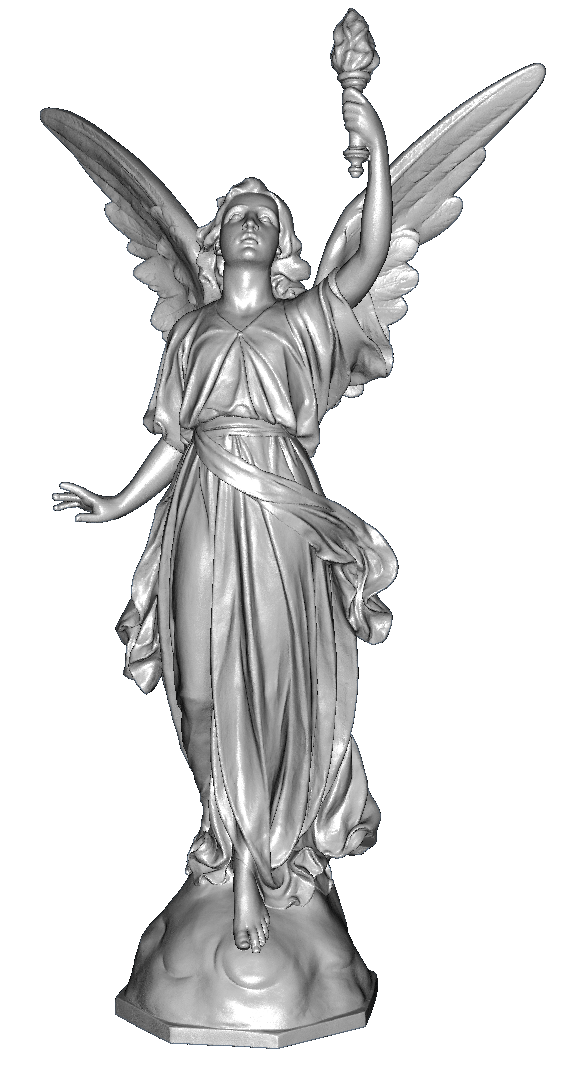 amitabh varshney::I will begin by giving an overview of our highperformance and visualization cluster that leverages the synergies afforded in a coupled cluster with cpus, gpus, displays, and storage.
amitabh varshney::I will begin by giving an overview of our highperformance and visualization cluster that leverages the synergies afforded in a coupled cluster with cpus, gpus, displays, and storage.One of the important applications of such a coupled cluster is a better understanding and fast solutions to protein modeling through a visualizationassisted computational steering environment.
I will give an overview of our system to efficiently solve the nonlinear poissonboltzmann equation governing molecular electrostatics.
We use precomputed accumulation of transparency with sphericalharmonicsbased compression to accelerate volume rendering of molecular electrostatics.
Sphericalharmonicsbased functions are also being used to efficiently compute illumination for 3d graphics scenes.
We discuss how we approximate the scattered reflectance field by a 4d representation through preprocessing the neighborhood scattering radiance transfer integrals.
Recent research in perception of illumination suggests that the discrepancies in illumination are not processed at the preattentive stage of the human visual system processing.
In fact, artists have been using inconsistent lighting for centuries.
We have explored the implications of globally discrepant lighting for enhancing the visualization of scientific datasets.
I will overview our system light collages which is a lighting design system for effective visualization that automatically places lights to convey a better perception of shape with globally discrepant lighting.
As the data models get larger, graphics hardware improves, displays achieve higher resolution, and sophisticated methods of lighting design and illumination enable better depiction of detail, human comprehension becomes the ultimate bottleneck.
We have developed a humanperception inspired computational model of visual saliency for 3d graphics meshes based on a centersurround mechanism.
I shall give an overview of our mesh saliency approach and discuss its applications.
Speaker bio: amitabh varshney is an associate professor of computer science at the university of maryland.
His research has addressed challenges in 3d interactive graphics and visualization for large graphics datasets by reconciling realism with interactivity through multiresolution techniques and highperformance computing.
He has served as the papers chair for ieee visualization 2000 and 2001, program chair for ieee visualization 2005, and is the conference chair for ieee visualization 2006.
In addition, he has served on several program and conference committees and journal editorial boards.
Varshney received the nsf career award in 1995 and the first ieee visualization technical achievement award in 2004.
Varshney received a b.
In computer science from the indian institute of technology delhi in 1989 and an ms and phd in computer science from the university of north carolina at chapel hill in 1991 and 1994.
Комментариев нет:
Отправить комментарий